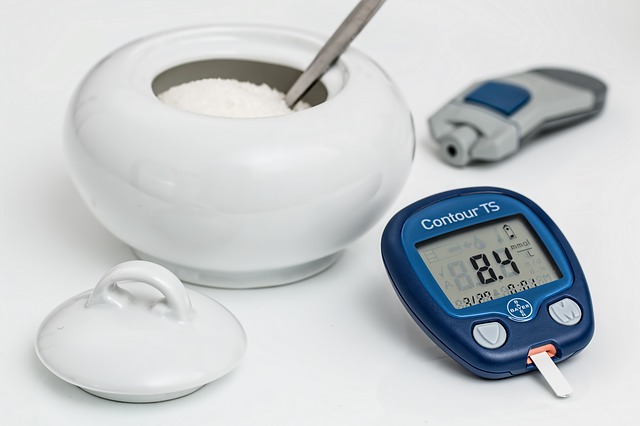Elevated blood sugar, hyperglycaemia: What raises blood sugar?

Hyperglycaemia is a problem mainly with diabetes. Blood sugar levels are higher, which causes other problems. Like vision, nervous system. But it's not just diabetes. It's also caused by other diseases.
At a certain ideal interval, blood glucose is maintained by a hormone called insulin. If for some reason the level of this hormone is lower, blood sugar levels rise in turn.
The increase can usually only be detected in laboratory blood tests.
Typically in diabetes
Problems with sugar levels typically occur in diabetes. This is a metabolic disease characterized by excessive amounts of sugar in the blood. It is a disorder of sugar metabolism.
Diabetes can arise due to insufficient production of insulin, which is a hormone of the pancreas. The disease can also occur due to reduced sensitivity of the body's own tissues to insulin. In the first case, it is a congenital and autoimmune disease that manifests itself in childhood.
It is also known professionally as type I diabetes mellitus.
The second form of diabetes, type II diabetes mellitus, is more likely to occur in adults. It most often develops slowly after the age of 30. It is an acquired, not congenital, diabetes. Obese people are at high risk.
Elevated blood sugar in this case may also be associated with obesity.

Symptoms of hyperglycemia include:
- Excessive thirst
- frequent urination
- urination during the night
- sugar in the urine (glycosuria), with a sugar level of more than 10 mmol/l
- dry mouth
- chronic fatigue
- smell of acetone from the mouth
Prediabetes is a term that has been introduced for borderline disorders of glucose homeostasis. This means that blood sugar levels are higher, but do not exceed the values that define diabetes when assessed overall.
For example, a morning blood glucose value is more than 5.6 mmol/litre of blood sugar but not more than 7 mmol/litre. In a stress test, the threshold is within normal limits. This applies to borderline glycaemia.
If the values at stress are from 7.8-11.1 mmol/litre, it is referred to as impaired glucose tolerance.
Obesity and elevated levels
It can also occur, for example, in obesity. This is a nutritional disorder characterized by the accumulation of fat stores in the body. However, a person with obesity usually ingests foods high in simple sugars in addition to excessive fat and therefore may have this level quite high.
Diabetes is quite common with obesity. And hyperglycaemia is a typical symptom.
Metabolic syndrome

The metabolic diseases that typically accompany hyperglycemia include the so-called metabolic diseases. Metabolic syndrome is the name for the combination of type 2 diabetes, higher blood pressure and obesity.
The occurrence of these three factors in one organism gives rise to this syndrome, which, according to statistics, afflicts almost a third of the population of the developed world. The disease also significantly accelerates atherosclerosis.
Various cardiovascular diseases can also arise from this.
Other causes of hyperglycaemia
People with hemochromatosis also have problems with elevated sugar levels. This is a liver disease in which the liver becomes enlarged. However, typically this disease is associated with diabetes, which causes an increase in blood glucose.
The disease itself is caused by excessive deposition of iron in the body's tissues in the form of hemosiderin and ferritin. The disease can be either congenital (primary) or acquired (secondary) hemochromatosis.
Increased blood glucose and blood sugar levels are also caused by the so-called Cushing's syndrome, which is characterised by increased cortisol production. The most common symptoms of this disease are weight gain, deposition of body fat in the abdomen, face and neck, and of course the aforementioned hyperglycaemia.
Elevated blood glucose levels can also occur in some infectious diseases that affect the salivary glands. These diseases include, for example, mumps (inflammation of the parotid gland).
In the case of this disease, blood glucose levels may be higher because of the passage of the infection to the pancreas. Inflammation then occurs there. This can lead to damage to the part of the pancreas that is responsible for the production of insulin.
And this regulates blood glucose levels. If blood tests show an increase in sugar, the person should undergo further tests to find the cause early.
Video with information on hyperglycaemia
Diseases with symptom "elevated blood sugar levels"
Herbs used forIncreased blood sugar levels
Interesting resources
Related










